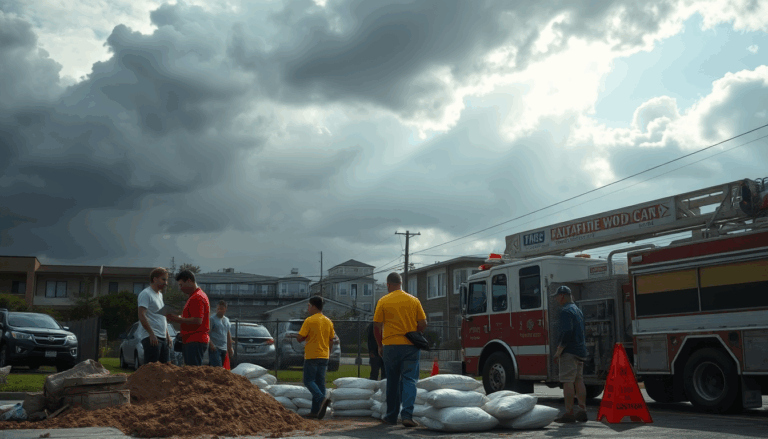As extreme weather events become more common and intense, it’s crucial to understand how to manage these emergencies effectively. From thunderstorms to floods, the impact of severe weather can disrupt our daily lives and pose serious risks to community safety. So, how can we tackle the pressing issues related
to weather emergencies? Let’s dive into some effective strategies for managing these challenges.
Spotlight on Emerging Trends in Weather Emergency Management
The urgency of weather emergency management has surged in recent years, largely due to the increasing frequency of extreme weather. Communities are stepping up by adopting advanced technologies that monitor atmospheric conditions and developing emergency plans based on historical data and meteorological forecasts. Have you noticed how
early warning systems have become standard practice? They empower authorities to alert residents quickly and effectively, helping to mitigate risks.
But it’s not all about technology; building community awareness is just as important. Educational programs that teach people how to prepare for emergencies and respond appropriately can truly make a difference. This proactive approach ensures that citizens aren’t passive recipients of information but active participants in their safety. Have
you considered whether your community is ready to face a weather-related emergency? Preparation is the cornerstone of resilience.
Data-Driven Insights for Effective Emergency Response
Data has a powerful story to tell when it comes to preparedness and response during weather emergencies. By analyzing statistics from past events, we can uncover recurring patterns and specific vulnerabilities in different geographical areas. For instance, mountainous regions might be more susceptible to landslides and avalanches, while coastal areas face higher risks of flooding. Isn’t it fascinating how data can guide our understanding of these risks?
The use of predictive modeling and Geographic Information Systems (GIS) allows us to map risks and optimize resource allocation during emergencies. This data-driven approach not only ensures a faster and more effective response but also saves lives and property. Have you ever thought about how data could inform your safety decisions?
Case Study: Success in Hydrogeological Alerts
A prime example of effective emergency management can be seen in a small mountain community that recently faced a hydrogeological alert due to an impending storm. Local authorities sprang into action, activating an emergency plan that involved evacuating high-risk areas and installing barriers against landslides. Thanks to an early warning system, residents received timely notifications, enabling them to prepare and minimize damage.
The success metrics were impressive: no injuries occurred, and property damage was kept to a minimum. This underscores the importance of adequate planning and effective communication. Don’t you agree that such preparation can make a significant difference?
Implementing Effective Strategies for Future Resilience
For these strategies to succeed, communities need to establish clear and measurable objectives. What key performance indicators (KPIs) should we keep an eye on? Relevant ones include emergency response times, the number of successfully evacuated individuals, and the percentage of reduced property damage. Additionally, conducting regular drills involving both local authorities and citizens is vital for testing the effectiveness of emergency plans and making necessary adjustments.
Only through a proactive and data-driven approach can we build resilient communities ready to face the weather-related challenges of the future. Are you prepared to explore how these strategies can impact your life and your community?

